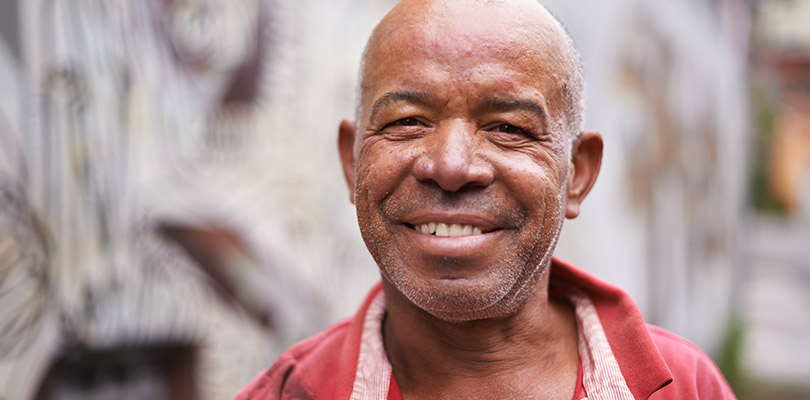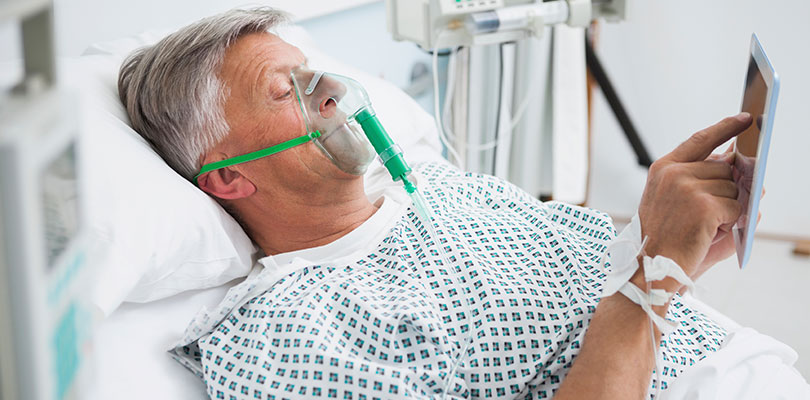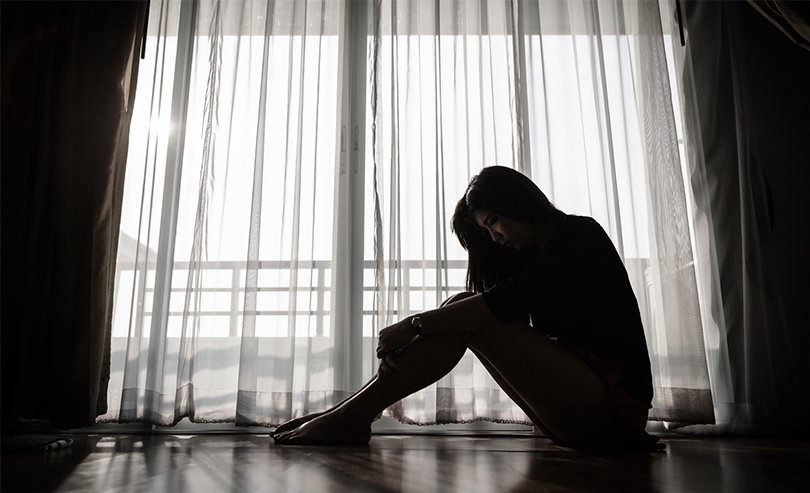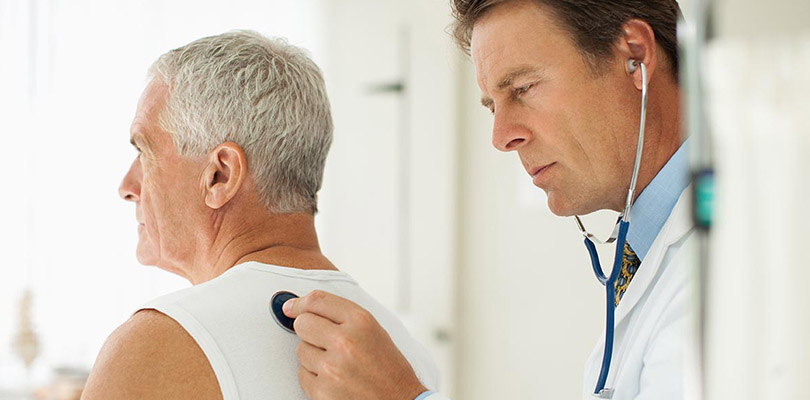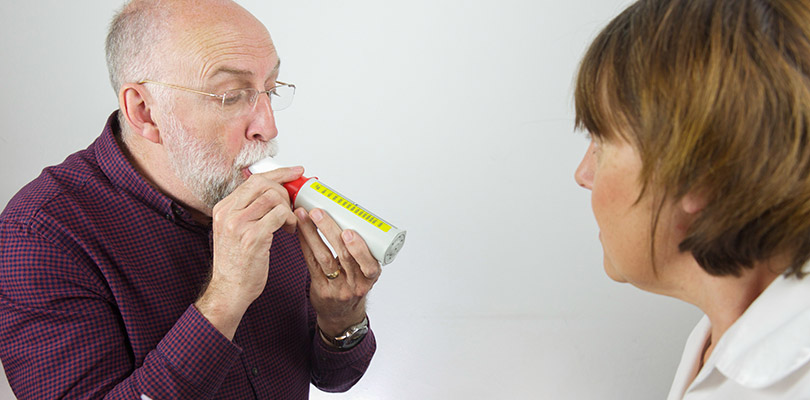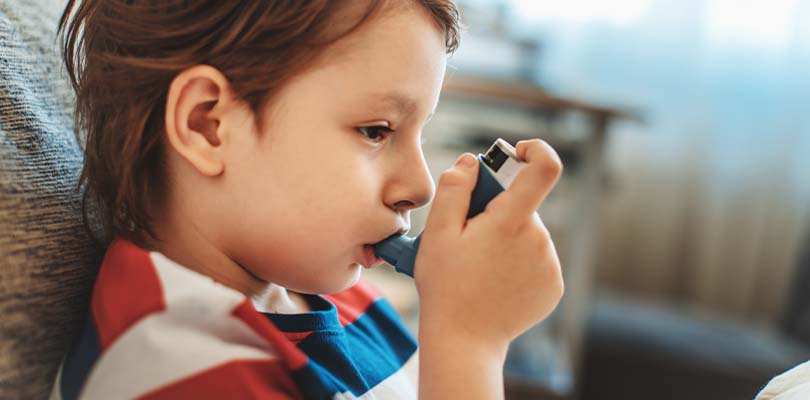Humidity and COPD
Several factors can have an effect on a person’s breathing when they have COPD. For example, the pollen count, temperature, and altitude can all make it more difficult for people with COPD to breathe. Humidity can also affect breathing in people that have COPD.
How Does Humidity Affect COPD?
Although everyone is different, humidity and COPD are usually not a good combination. For people with COPD, high humidity levels usually make breathing worse.
Although it may feel like the humid air is heavier, that’s not really the case. Still, most people would agree that it feels harder to breathe when it’s humid out.
Humidity may affect people with COPD for a few reasons. For example, moist air can make the nose feel stuffy, which can make breathing difficult. Also, humidity often occurs when the weather is warm. The combination of humidity and heat means your body has to work harder to cool down and maintain normal body temperature.
People with COPD are already working hard to breathe. With high humidity levels and heat, you are using even more energy and have increased work of breathing. Using more energy requires the need for more oxygen. The result may be increased shortness of breath, fatigue, and decreased oxygen levels.
Humidity also allows common allergens to grow, especially mold. People with COPD have sensitive airways, and various allergens may trigger an increase in symptoms. Increased mold in the air can lead to an allergic reaction and narrowing of the airways in people with COPD.
Why Is It Difficult to Breath in Certain Types of Weather?
Certain types of weather tend to increase symptoms of COPD. That’s because extreme temperatures and humidity levels stress the body and cause it to work harder.
As the body works harder to stay cool, heart rate, oxygen consumption, and respiratory rate might increase, which can lead to feelings of breathlessness. Breathing hot air can also cause bronchospasm in people that have COPD.
It’s not just hot weather that can be a problem for people with COPD. Dry, cold air can also cause a flare-up of COPD symptoms. If the air is too dry or cold, it can also trigger bronchospasm. Excessive wind and high pollen counts can also have an impact on breathing.
Usually, people with COPD breath best in lower levels of humidity. Levels of about 40 percent humidity both indoor and outdoor are ideal.
COPD is progressive; this means many people with COPD eventually develop hypoxemia, which may result in the need to use oxygen.
High Humidity COPD Symptoms
If humidity is high an increase in COPD symptoms may develop. Usually, symptoms start as soon as you go outdoors. High humidity COPD symptoms may include:
- Increased breathing
- Faster heart rate
- Wheezing
- Shortness of breath
- Sweating
- Chest tightness
Although it varies, symptoms may ease after you go inside and get out of the humidity. But in some instances, a worsening of symptoms can continue for several hours.
Tips for Coping with Both Humidity and COPD
You don’t have to let lung disease control you. There are several things you can do to cope with humidity and COPD including:
Check the daily humidity level. Weather reports often list humidity advisories for days when levels are very high. Humidity levels above about 65 percent tend to feel uncomfortable. You can also check the heat index chart, which is found on the National Weather Service website. The index considers both humidity and heat to determine how hot it feels out.
Stay indoors as much as possible on hot and humid days. On days it’s both hot and humid, try to limit time outdoors. If you have to go out, stick to mornings. Mornings are the best time to go outdoors since it tends to be a little cooler.
Control indoor humidity levels. During the summer months, run your air conditioner, which will reduce indoor humidity levels. If you don’t have an air conditioner, use fans to circulate the air. Humidity levels can also climb indoors in the winter months. To check your humidity level, you can purchase a humidistat at most hardware stores.
To reduce indoor humidity crack open windows when you shower and run your exhaust fan. If humidity levels are a problem indoors, consider using a dehumidifier. If you don’t have a dehumidifier, place charcoal briquettes, which have adsorption properties, in a basket and put it in areas that tend to get humid, such as the bathroom.
Give your body time to adjust. If you are traveling to an area that has higher humidity levels than you are used to, give your body time to acclimate. Spend short amounts of time outdoors and give yourself time to rest.
Use your fast-acting inhaler if needed. Whether it is increased humidity or extreme heat or wind, changes in the weather may trigger COPD symptoms. If you have increased shortness of breath, wheezing or chest tightness, you may have to use your fast-acting inhaler. It’s also important to determine if it appears the weather is making breathing difficult or if it is something else.
Pace yourself and stay well-hydrated. On days the weather is hot and humid, remember to drink plenty of fluids. Your body is working hard to stay cool, which means you’ll sweat more. Be sure to replace the lost fluids. Pacing yourself is also essential on hot and humid days. Break tasks down into small manageable steps and only do what you can. Save outdoor chores for days when it is cooler. Listen to your body, and rest when you need.
